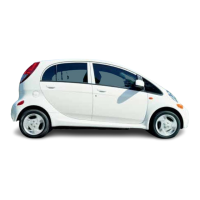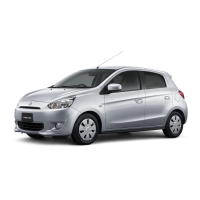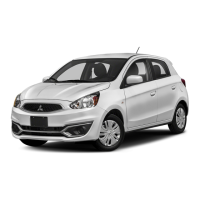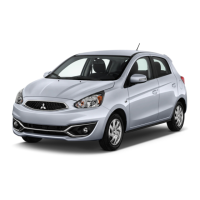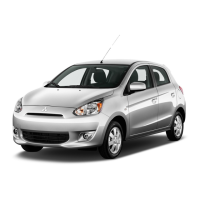Chapter 2 Part II General engine overhaul procedures
20-17
11.12
11.9 A special tool is available for jet valve stem
Be sure to use new O-rings when reinstalling the
seal replacement
jet valves and apply engine oil to the O-rings, threads
and seat area (arrows)
springs to the point where the installed height is less than specified.
9 If the engine is equipped with jet valves (refer to the chart in Sec-
tion l), install new valve stem seals and O-rings onto each assembly. Us-
ing the special tool, drive the jet valve stem seal into place on the valve
body
(see illustration).
If the special tool isn’t available, a deep socket of
the appropriate size can be used if you’re careful. Do not reuse the old
seals and don’t try to install the seals with any other type of tool.
IO Apply engine oil to the jet valve stem when installing it in the valve
body. Take care not to damage the valve stem seal lip. Make sure the jet
valve stem slides smoothly in the body.
11 Compress the spring with special tool and install it together with the
valvespring retainer. Install the retainer lock. Be careful not to damage the
valve stem seal with the bottom of the retainer.
12 Install a new O-ring in the jet valve body groove and apply athin coat
of engine oil to it
(see illustration).
Apply oil to the threads and seat as
well.
13 Reinstall the jet valves and tighten them to the specified torque.
14 Apply moly-base grease to the rocker arm faces, the camshaft and
the rocker shafts, then install the camshaft, rocker arms and shafts (refer
to Part A).
15 Install the camshafts, hydraulic lash adjusters and rocker arm assem-
blies onto the head.
16 Apply moly-base grease to the rocker arm faces and the pivot balls,
then install the rocker arm assembly on the cylinder head.
12 Pistons and connecting rods - removal
Refer to illustrations 12. I, 12.3 and 12.6
Note:
Prior to removing rhepiston/connecting rodassemblies, remove the
cylinder head(s), the oilpan and the oilpump by referring to the appropri-
ate Sections in Parts A, 6 or C of Chapter 2.
1 Useyourfingernail to feel ifaridge hasformedattheupperlimitofring
travel (about i/4-inchdownfromthetopofeachcylinder). lfcarbohdepos-
its or cylinder wear have produced ridges, they must be completely re-
moved with a special tool
(see illustration).
Follow the manufacturer’s
instructions provided with the tool. Failure to remove the ridges before at-
tempting to remove the piston/connecting rod assemblies may result in
piston breakage.
2 After the cylinder ridges have been removed, turn the engine upside-
down so the crankshaft is facing up.
3 Before the connecting rods are removed,‘check the endplaywith feel-
ergauges. Slide them between the first connecting rod and the crankshaft
throw until the play is removed
(see illustration).
The endplay is equal to
the thickness of the feeler gauge(s). If the endplay exceeds the service
limit, new connecting rods will be required. If new rods (or a new crank-
shaft) are installed, the endplay may fall under the minimum listed in this
Chapter’s Specifications (if it does, the rods will have to be machined to
restore it-consult an automotive machine shop for advice if necessary).
Repeat the procedure for the remaining connecting rods.
4 Check the connecting rods and caps for identification marks. If they
aren’t plainly marked, use a small center punch to make the appropriate
numberof indentationsoneach rodandcap(l,2,3, etc.,dependingonthe
engine type and cylinder they’re associated with).
5 Loosen each of the connecting rod cap nuts l/2-turn at a time until
they can be removed by hand. Remove the number one connecting rod
cap and bearing insert. Don’t drop the bearing insert out of the cap.
6 Slip a short length of plastic or rubber hose over each connecting rod
cap bolt to protect the crankshaft journal and cylinder wall as the piston is
removed
(see illustration).
12.1 A ridge reamer is required to
remove the ridge from the top of each
cylinder-do this before removing
the pistons!
12.3 Check the connecting rod side
clearance with a feeler gauge as shown
12.6 To prevent damage to the crankshaft
journals and cylinder walls, slip sections
of rubber or plastic hose over the rod bolts
before removing the pistons

